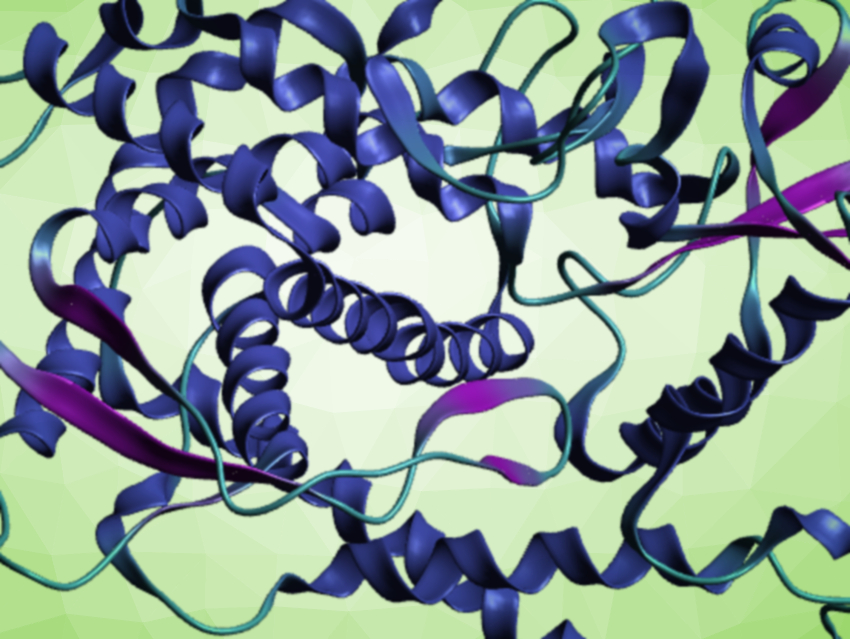Primary amines are present in many natural products and pharmaceutically active compounds. They are also useful intermediates in organic synthesis. Amine groups can be introduced via C–H activation reactions, but the products are usually protected or substituted, and further steps are needed to obtain free primary amines. While there are a few methods for the primary amination of C(sp2)–H bonds, the primary amination of C(sp3)–H bonds has remained challenging.
In many cases, enzymes can be used to catalyze otherwise difficult reactions. Cytochrome P450 enzymes (P450s), for example, can catalyze the direct hydroxylation of C(sp3)–H bonds via a high-valent iron oxo species. Despite the similarity of hydroxylations and aminations, no enzymatic C(sp3)–H primary amination had been known so far.
Frances H. Arnold and colleagues, California Institute of Technology, Pasadena, USA, have used directed evolution to create enzymes that can promote direct C(sp3)–H primary aminations. The team started from a P450 from Bacillus megaterium (P450BM3), which catalyzes C–H hydroxylations. They hoped that modifying the enzyme to provide a high-valent iron-nitrenoid intermediate (analogous to the iron-oxo species in hydroxylations) would allow it to catalyze the desired aminations. They focused on P450 variants in which the iron-coordinating cysteine residue is replaced by serine, a subtype called cytochrome P411s.
The researchers used tetrahydronaphthalene as a model substrate. They screened a range of P411 variants derived from P450BM3, which were expressed in Escherichia coli cells, for the amination of this substrate. The team found a good enzyme candidate that promoted the primary amination in the benzylic position of tetrahydronaphthalene. Directed evolution, i.e., several rounds of mutations and screenings starting from this candidate, then led to an efficient benzylic C–H primary aminase (P411BPA). Two further mutations led to an efficient allylic C–H primary aminase (P411APA). The enzymes catalyze the aminations with good chemoselectivity, regioselectivity, and enantioselectivity.
- Enzymatic Primary Amination of Benzylic and Allylic C(sp3)–H Bonds,
Zhi-Jun Jia, Shilong Gao, Frances H. Arnold,
J. Am. Chem. Soc. 2020.
https://doi.org/10.1021/jacs.0c03428


